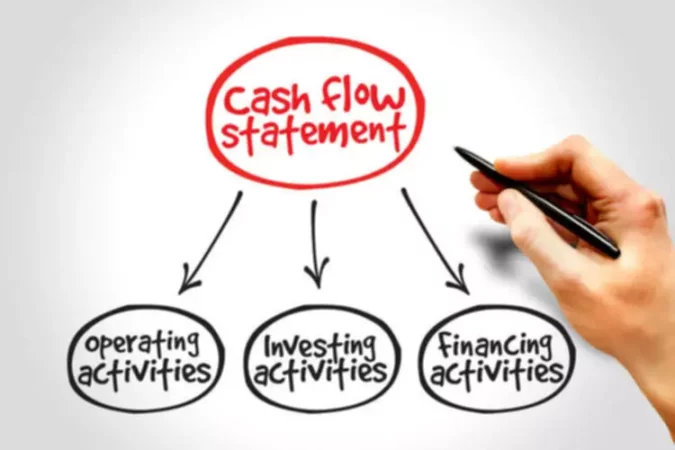Undoubtedly, the main indicator of the effectiveness of any business is its income and profitability. However, there is one more accounting indicator that can be used to judge the company’s success – this is cash flow. Looking at it, you can see where and how much funds are spent, what they are spent on, where they come from, etc.
Definition
So, what is cash flow? The definition is very simple. It means the money flowing into your organization and money flowing out of your organization, which is usually measured over a specific period of time. Often, it might feel that money is only going out of your organization, especially if you are a startup. Yet, it flows in both directions.
- Cash mainly comes from sales of products and services to your clients. A portion of your cash flow comes from a collection of payments on purchases that were made on credit. Other sources include the sale of fixed assets, bank loan receipts, and refunds from suppliers.
- Cash leaves your company as payments for expenses such as rent, wages, taxes, inventory, and other payables.
Analyzing Cash Flows
It is quite difficult to give a more or less accurate assessment of the financial situation in a company without the skill of analyzing the movement of its resources. At any business, cash flow problems or the turnover of financial resources directly affects the efficiency of work.
If there is enough cash, then the company easily fulfills its obligations. If there are difficulties in this regard, then the success of the business in the future should be doubted. Moreover, the accumulation of large amounts of cash may also indicate that the resources are not properly used, that is, it is possible that business is being conducted ineffectively and even at a loss.
Particular attention is required to expenditures on investments, bank deposits, payments on loans, taxes, etc., that is, cash activities that do not belong to the category of profit. It is very important to be able to identify in a timely manner whether the company always has enough money to carry out its activities and when there is a need to finance the company with the help of third-party cash injections.
To carry out such an analysis, as a rule, you would use one of the financial statements, the Statement of cash flows, which reflects the current, financial, and investment activities of the company. This report provides an overall picture of the business cash flows. One can look at each category of cash flow separately.
- The movement of finances due to operational activities. This refers to the outflow of funds for goods and services (to other suppliers and contractors) required for the production of goods or provision of services. This also includes salary payments and taxes. Income from sales is also taken into account here, as well as any other operational activities.
- Investment flows, that is, payments and receipts related to investments. These include funds from the sale of surplus fixed assets, operations with an investment portfolio, and other similar activities.
- Cash flow from financing. This refers to obtaining loans and credits for development, attracting shareholders, as well as paying interest and dividends on shares.
According to the indicators of this report, it becomes clear how the financial position of the company is improving (or worsening) with an increase (decrease) in cash flows from a particular type of activity, and for what reasons. The data of the report carries important information for the management of the company, as well as for its investors and creditors.
Looking at the liquidity of the company, the management can make decisions about the possibility of financing certain programs related to payments of bonuses to personnel, payment on dividends, and so on. Investors and creditors can be convinced of the financial reliability (or instability) of the company, assess the results of the management’s actions.
Managing Cash Flows
In order to knowledgeably and, most importantly, effectively manage the movement of finances, one should start by measuring their volumes. You need to learn how to keep track of the current budget, make forecasts regarding the expected inflows, as well as the costs of the enterprise, both for the current period and in the future.
The result of the cash flow management of the enterprise should be a balance between its short-term and long-term needs. If we talk about the short-term, then it is important to have a decent supply of funds on the accounts. As for the future, cash outflows should be mainly, for example, in the form of investing money in more modern equipment, advertising campaigns, marketing activities, settlements on debt obligations, etc.
Learn more about the cash flow from assets in our blog.




















